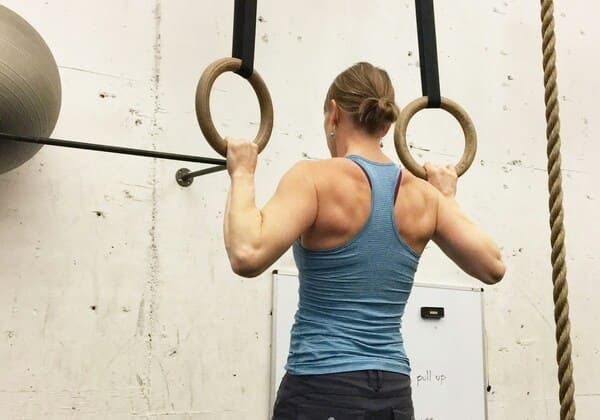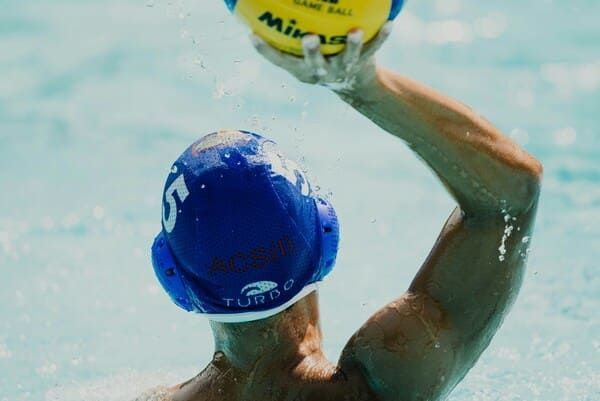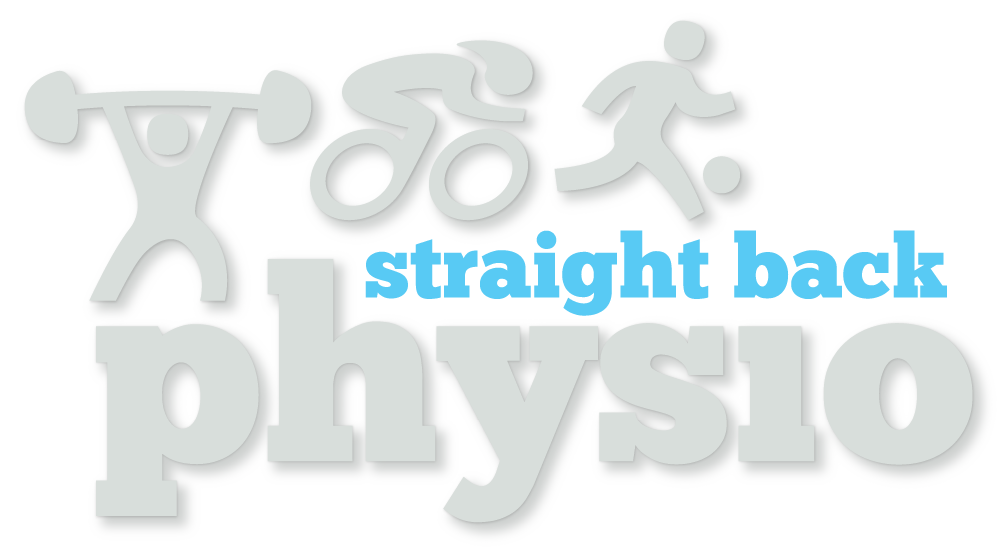Shoulder pain in Cheltenham
expert care for strong, pain-free shoulders
Shoulder pain can limit everyday activities like reaching, lifting, or even sleeping. Physiotherapy provides a structured, evidence-based approach to reduce pain, restore mobility, and strengthen the shoulder joint so you can return to normal life with confidence.
Why Use a Physiotherapist for Shoulder Pain?
- Natural Pain Relief – Gentle, evidence‑based techniques reduce pain through movement, strengthening muscles, improving posture, and restoring mobility, without relying on medication or invasive procedures.
- Improved Mobility – Targeted exercises and manual therapy improve shoulder range of motion, helping you move more freely.
- Long‑Term Prevention – Physiotherapy builds strength in the rotator cuff and surrounding muscles, which stabilises the joint and reduces the risk of reinjury.
- Personalised Care – Every person is different, causes of shoulder pain range from posture issues to injuries or chronic conditions. Without knowing whether the pain is due to rotator cuff injury, frozen shoulder, arthritis, bursitis, or referred pain from the neck, treatment may be ineffective or even harmful.
Treatments For Shoulder Pain May Include
- Manual therapy - A hands‑on physiotherapy technique using joint mobilisations and soft tissue massage to ease stiffness and tension, relax tight muscles, and improve circulation.
- Guided exercises - Focus on strengthening, stretching, and retraining movement to relieve pain and prevent injury. They are safe, progressive, and tailored to each athlete’s needs, making them a cornerstone of rehabilitation.
- Stretching exercises - These are a key part of pain relief because they reduce stiffness, improve flexibility, and restore mobility in injured or overworked muscles. They are often combined with strengthening for complete rehabilitation.
- Education - Guidance on posture, lifting techniques etc. to reduce stiffness, and to ease discomfort.
Common Shoulder Pain Conditions We Treat
- Frozen shoulder (adhesive capsulitis)
- Rotator cuff tear
- Labral tear
- Shoulder impingement or bursitis
- Arthritis-related stiffness
- Postural strain from desk work or repetitive lifting
What to Expect
The most important factor in selecting shoulder pain treatment is a clear, accurate diagnosis. At Straight Back Physio will begin with a thorough assessment to understand your pain and its causes. Together, you’ll create a treatment plan that balances hands‑on therapy with exercises you can do at home. With consistent physiotherapy treatment, patients regain flexibility, reduce pain, and move more confidently in everyday life.
Types of shoulder injury
adhesive capsulitis
Also known as a frozen shoulder, adhesive capsulitis is when the shoulder loses a large range of movement and becomes very painful and stiff. The tissue surrounding the shoulder joint becomes inflamed and painful which prevents movement of the shoulder and, in some cases, prevents movement altogether.
The exact reason why a frozen shoulder develops is unknown. They tend to occur in the middle-aged or older people and are believed to result from irritation of the shoulder joint and its surrounding capsule. Irritation to the shoulder joint capsule causes an inflammatory response with the formation of adhesions, or small scars, between folds of the capsule.
Treatment may involve the use of anti-inflammatory drugs, stretching, strengthening and range of movement exercises. Occasionally, if these measures do not provide relief, referral for an injection into the shoulder joint may be appropriate. Other physiotherapy options include Postural Realignment, Ergonomic Assessment, Acupuncture, Taping and Soft Tissue Treatment.


Labral tear
A labral tear is a tear to the labrum which can occur as a result of trauma to the shoulder. The labrum is a ring of cartilage that surrounds the head of the humerus (upper arm bone) where it meets the shoulder. This is to make the ball and socket joint more stable and allows the shoulder to achieve a greater range of movement.
Physiotherapy can be a useful treatment and can prevent the need for surgery. There are three types of labral tears:
- SLAP Tear – This is a tear at the top of the labrum.
- Bankart Lesion – This is a tear at the front of the labrum.
- Reverse Bankart Tear – This is a tear at the back of the labrum.
Treatment can involve resting the shoulder, usually with the help of a sling, with movement gradually increased under a physiotherapist. Strengthening of the shoulder can then also be gradually increased and should focus on the muscles collectively called the rotator cuff. Strengthening the muscles around the shoulder blade and in the arm may also help to provide stability to your shoulder after a labrum tear.
Rotator cuff tear
The rotator cuff refers to a group of four small muscles that run from the shoulder blade to the top of the arm bone. They support and move the shoulder joint. A rotator cuff tear refers to a tear in one or more of these muscles. Physiotherapy can effectively treat rotator cuff tears.
A tear of the rotator cuff is usually felt as sudden sharp pain or ‘twinge’ in the shoulder. A person with minor tears may be able to continue with this pain with minimal hindrance. However, as the muscle cools down the pain often gradually worsens as bleeding and swelling around the injured muscle takes place. In severe tears, pain may be so significant that you are unable to continue participating. Other symptoms include reduced range of movement, stiffness, weakness, and joint clicking.
Rotator cuff tear physiotherapy treatment often involves activity modification, and the use of soft tissue treatment such as massage, stretching, and a series of specific, progressive strengthening exercises.
Other treatments include, Taping, Postural Realignment, Sports Injury Rehab, Ergonomic Assessment.


shoulder impingement
Impingement syndrome or Tendonitis is when the tendons of the muscles in the shoulder become irritated and swollen as they pass through a narrow passage called the subacromial space. The first symptoms of impingement can be mild.
Symptoms can get worse over time. Initial symptoms include reduced range of movement, swelling/ inflammation, stiffness, weakness, joint clicking, joint locking.
Impingement can be caused by overuse of the shoulder, especially repetitive overhead activities of lifting and throwing. Shoulder impingement can also be caused by muscle imbalance of the shoulder.
Physiotherapy may involve activity modification, and relative rest. Treatment may focus on pain reduction, stretching and strengthening of weak muscle groups to allow pain free life and sport.
Physio for shoulder impingement may include
Manual manipulation, Sports Injury Rehab, Exercise Programmes, Massage, or Postural Realignment.

“After breaking an arm and then injuring my shoulder I went to see Straight Back Physio, based on a personal recommendation. The difference that they made was immense - the level of discomfort decreased quickly and there is no doubt that the speed of my recovery was improved significantly.”
RH, Google review
using a physiotherapist for shoulder pain
- Pain relief: We use a variety of techniques, such as massage, stretching, and exercise, to help alleviate pain and discomfort in the affected area.
- Avoiding surgery: By using non-invasive techniques to target the underlying cause of the pain, we can help you avoid more invasive treatments, such as surgery.
- Lasting results:
Physiotherapy takes a holistic approach to treatment, addressing the symptoms and underlying causes of pain or injury. This promotes long-term results.
- Improved mobility: Physiotherapy can help you regain range of motion in the affected area by using targeted exercises and stretches.
- Improved quality of life: By alleviating pain and improving mobility in the affected area, physiotherapy can help you enjoy your daily activities without discomfort or limitations.
- Personalised treatment: We’ll work with you to create a customised treatment plan. This will ensure you receive the most effective treatment and achieve the best possible outcomes.
- Reduced risk of further injury: By using targeted exercises and stretches, physiotherapy can help strengthen the muscles around the shoulder, which can help improve stability and reduce the risk of future injuries.
Book now
Schedule an appointment with a shoulder physiotherapy expert in Cheltenham, Gloucestershire, we provide a comprehensive approach to shoulder pain treatment, utilizing various recommended therapies specifically designed to help you stay free from pain and injuries. Our preventative services are aimed at supporting your overall well-being and boosting your activity levels.
Recover faster, our chartered physios can usually get you back to redoing the activities you can't do now within 4 to 8 sessions.
We understand that some people may want to find out a bit more about the cost before they book an appointment at our physiotherapy clinic. Our unique
save as you recover packages can save you up to 20% on the cost of a single session.
Insured
For insured clients we can either work directly with your insurance provider or offer receipts for cash-based plans, allowing you to reclaim your expenses.
Not Covered by Insurance
If you want see the best physiotherapist in your area, feel free to book an appointment at our Cheltenham physiotherapy clinic without needing a referral from your GP.
Why Choose Us
No other local physiotherapy clinic can match our level of expertise and rehabilitation services, thanks to our extensive experience and in-house gym facilities. You'll receive the full benefits of physiotherapy through a tailored combination of interventions designed to guide you on your path to recovery.

